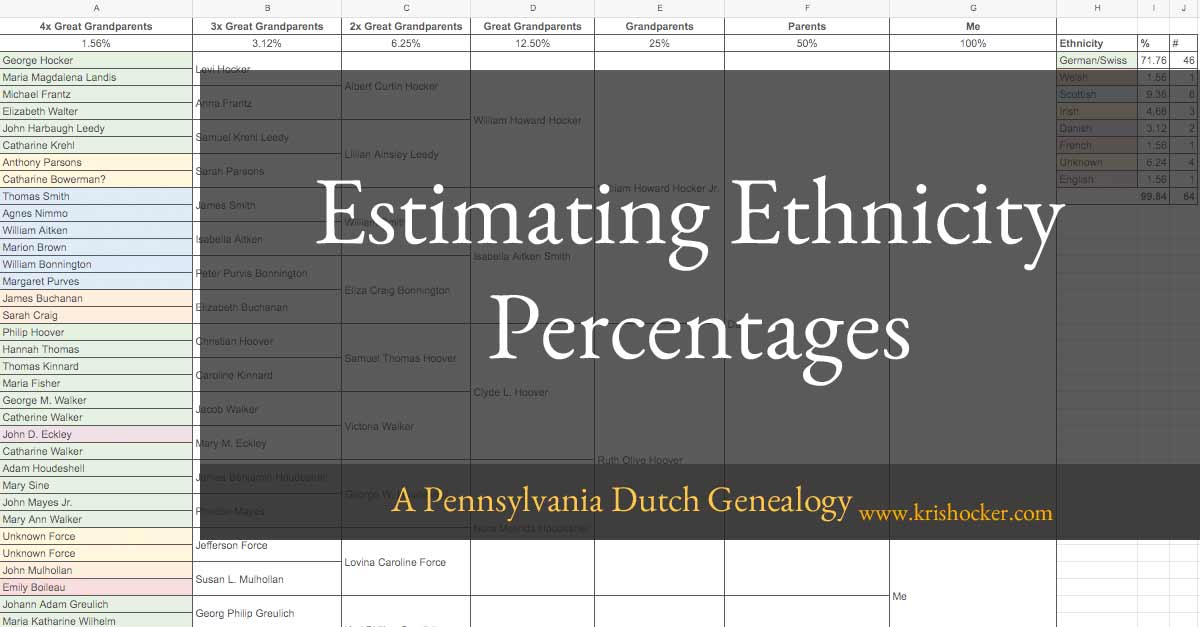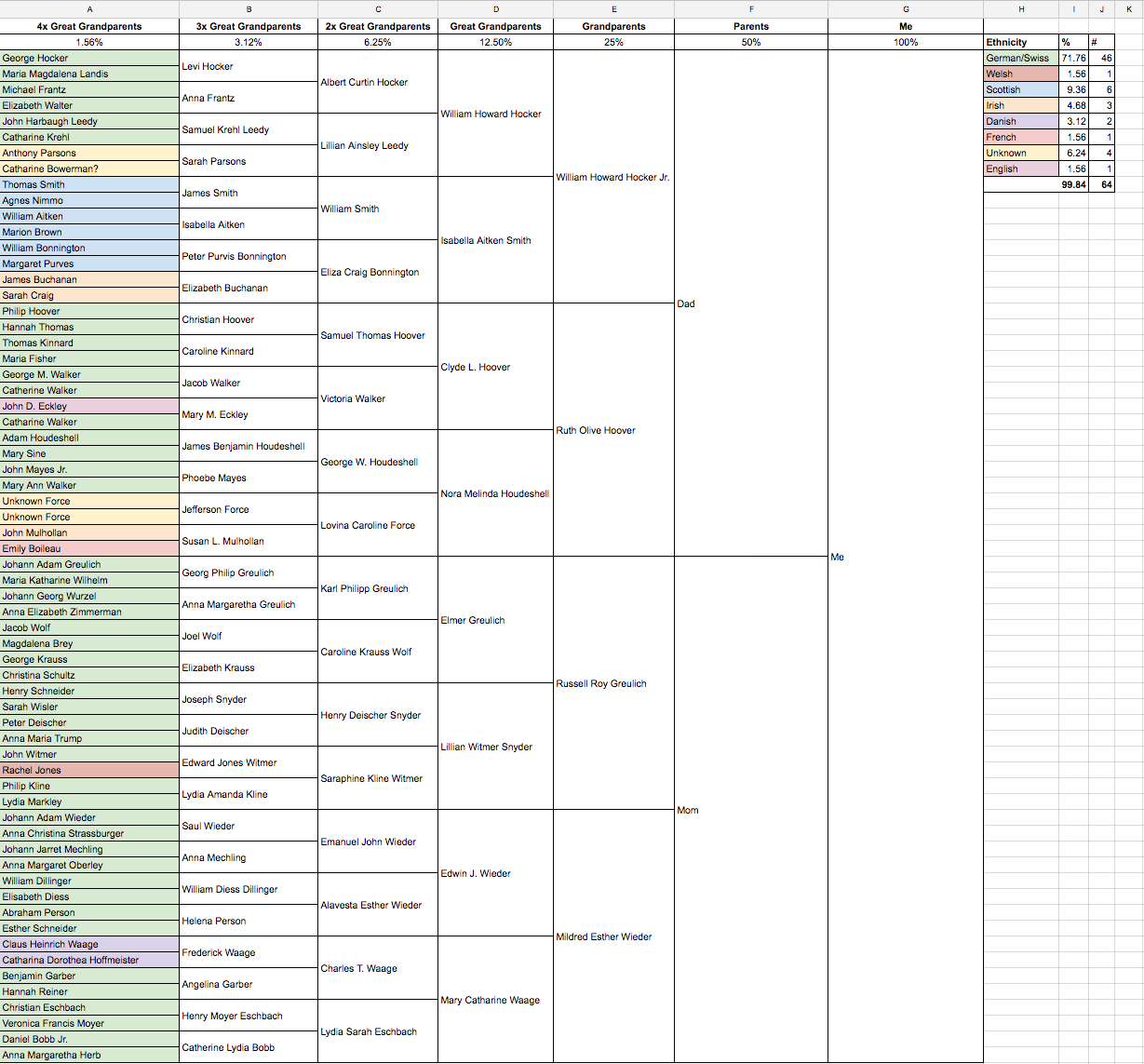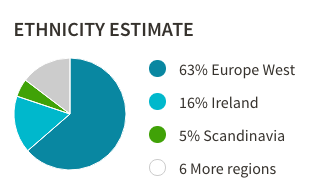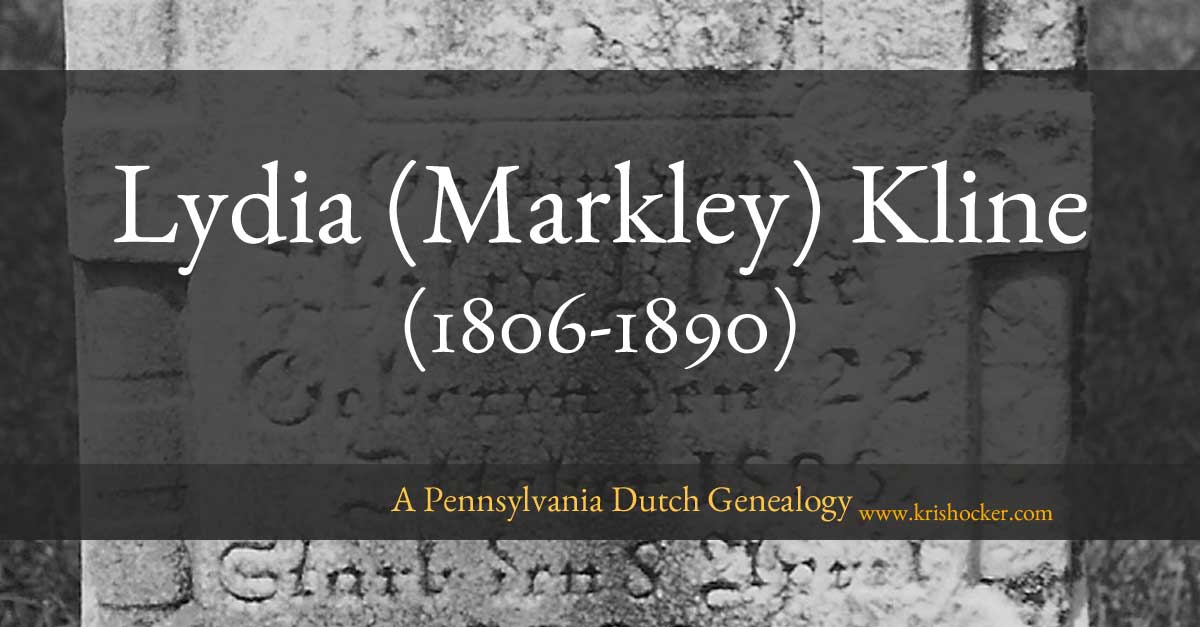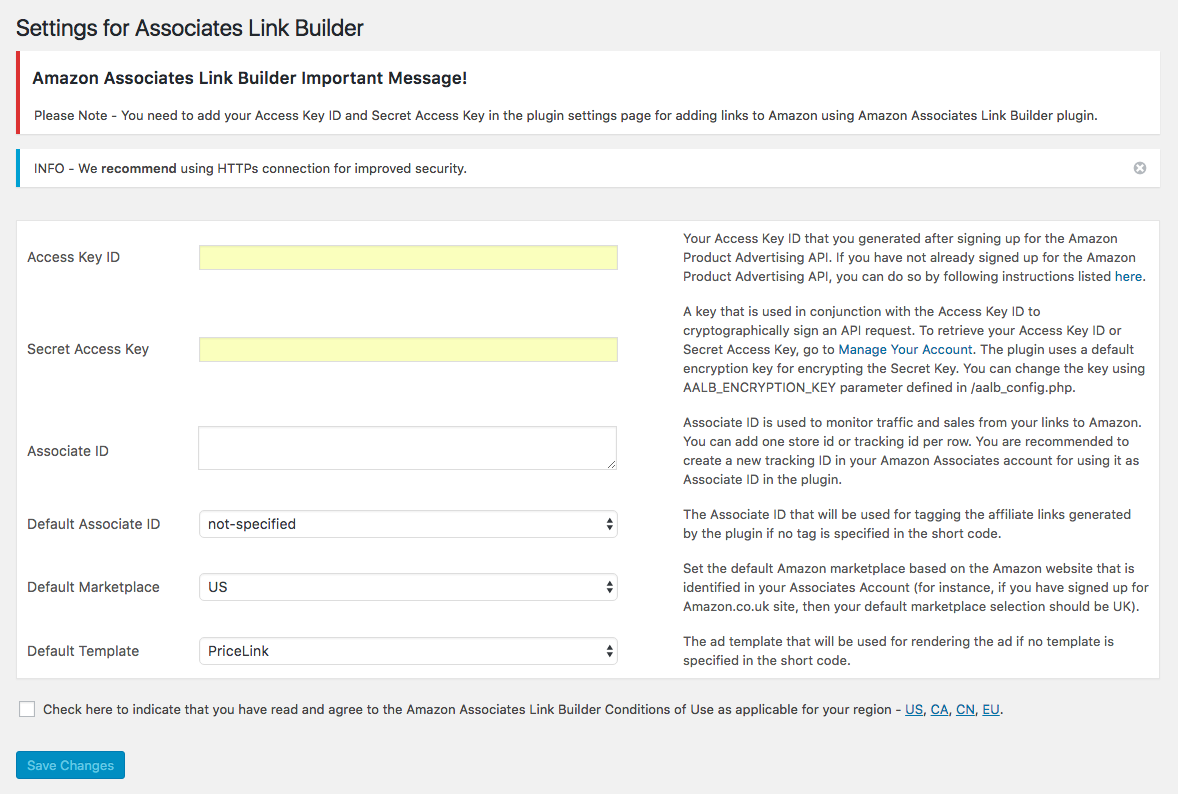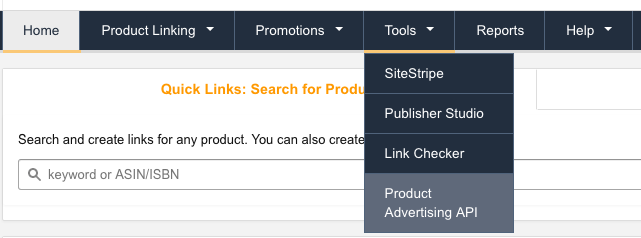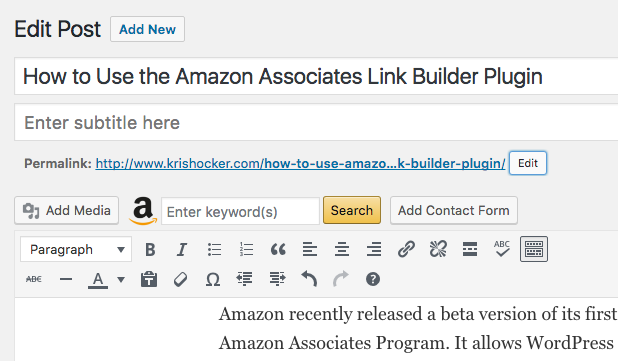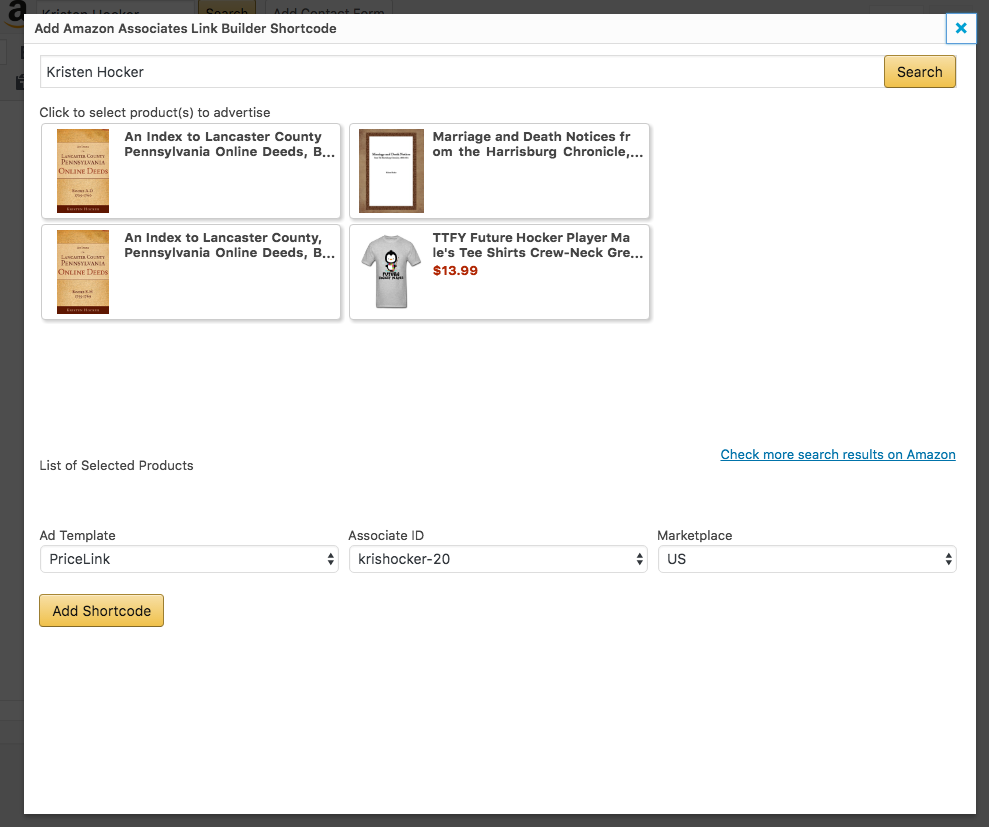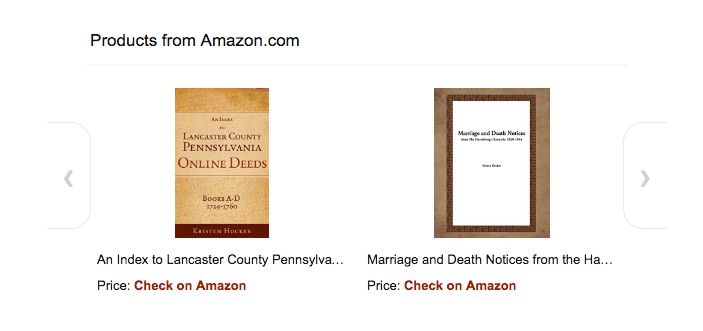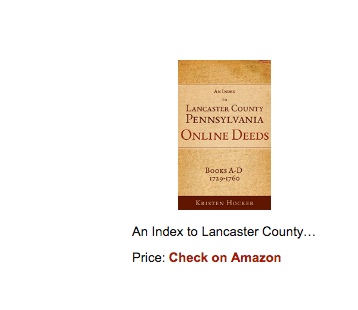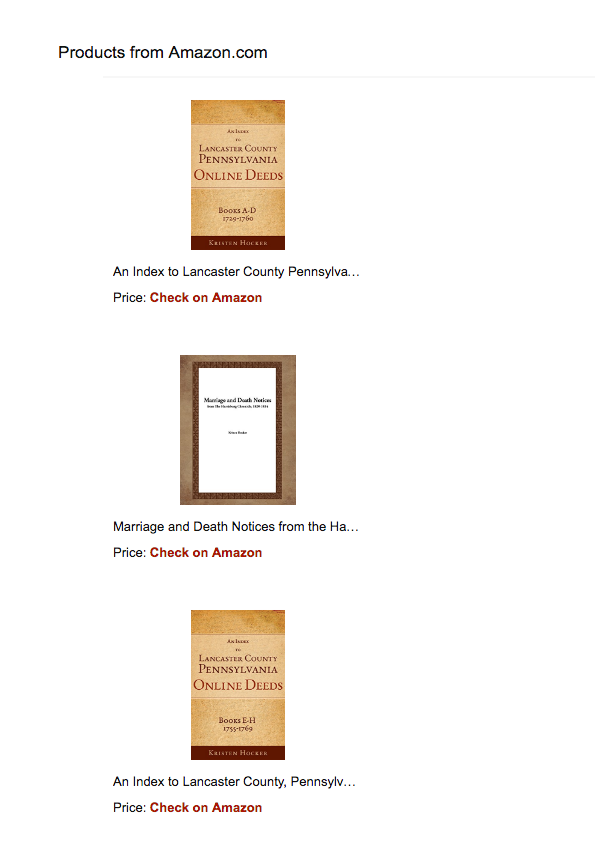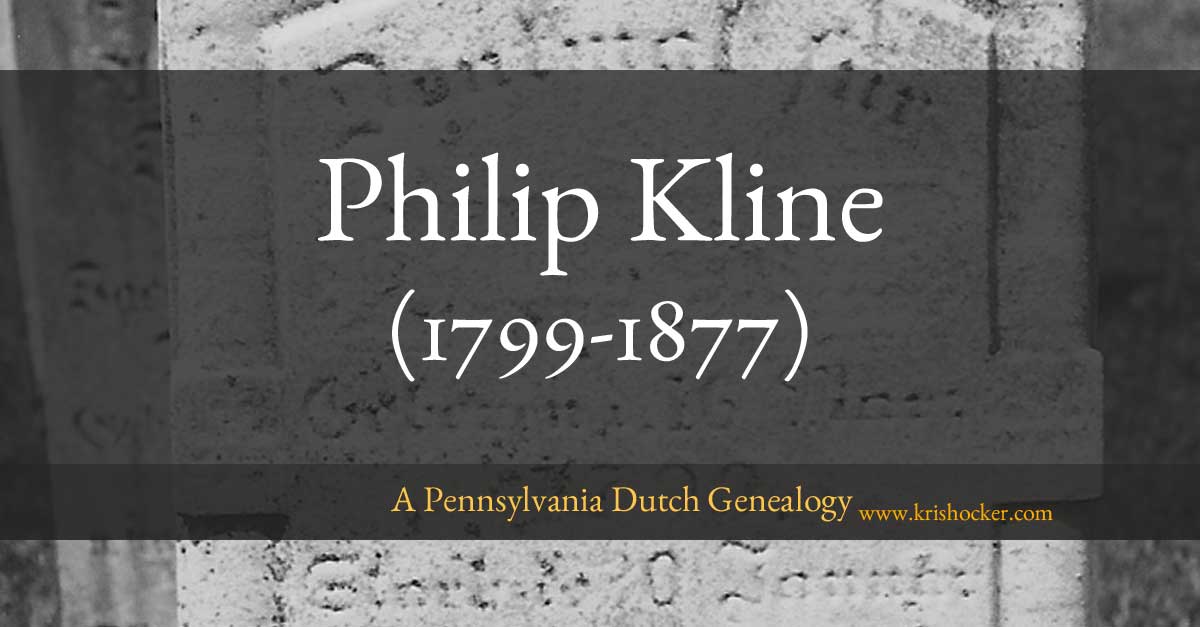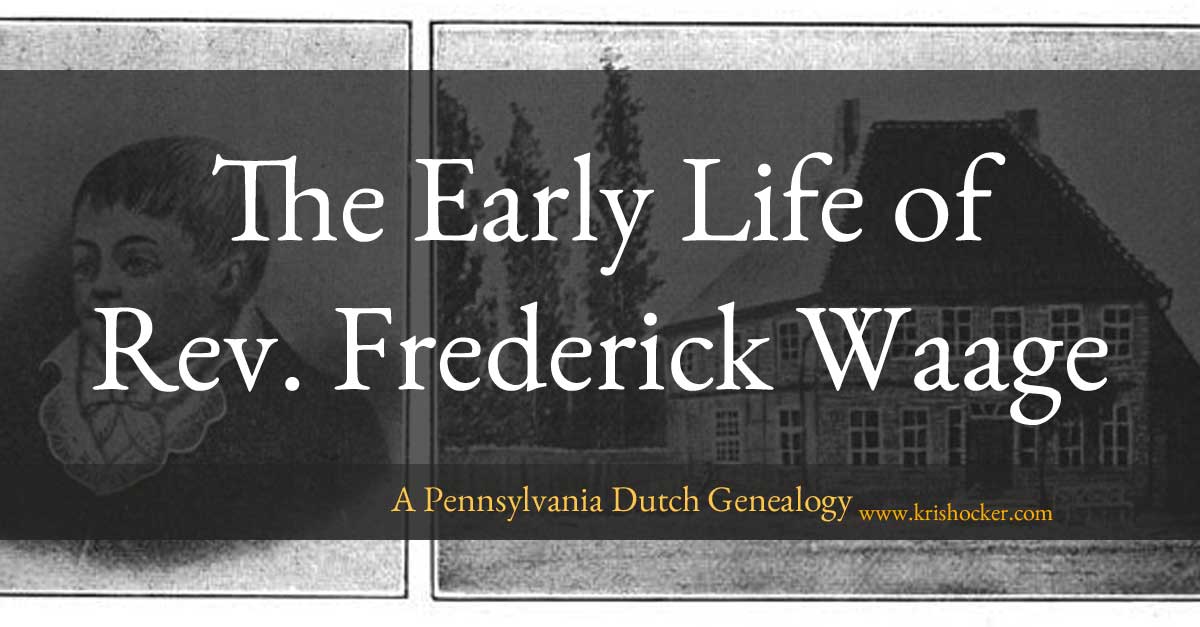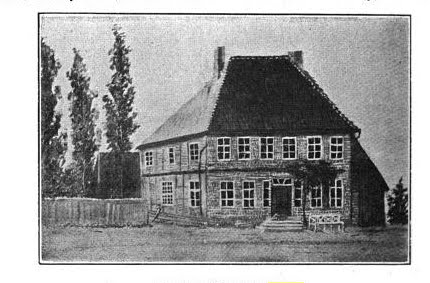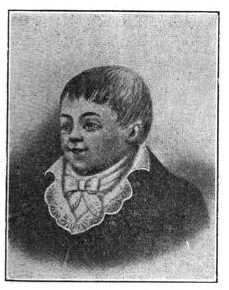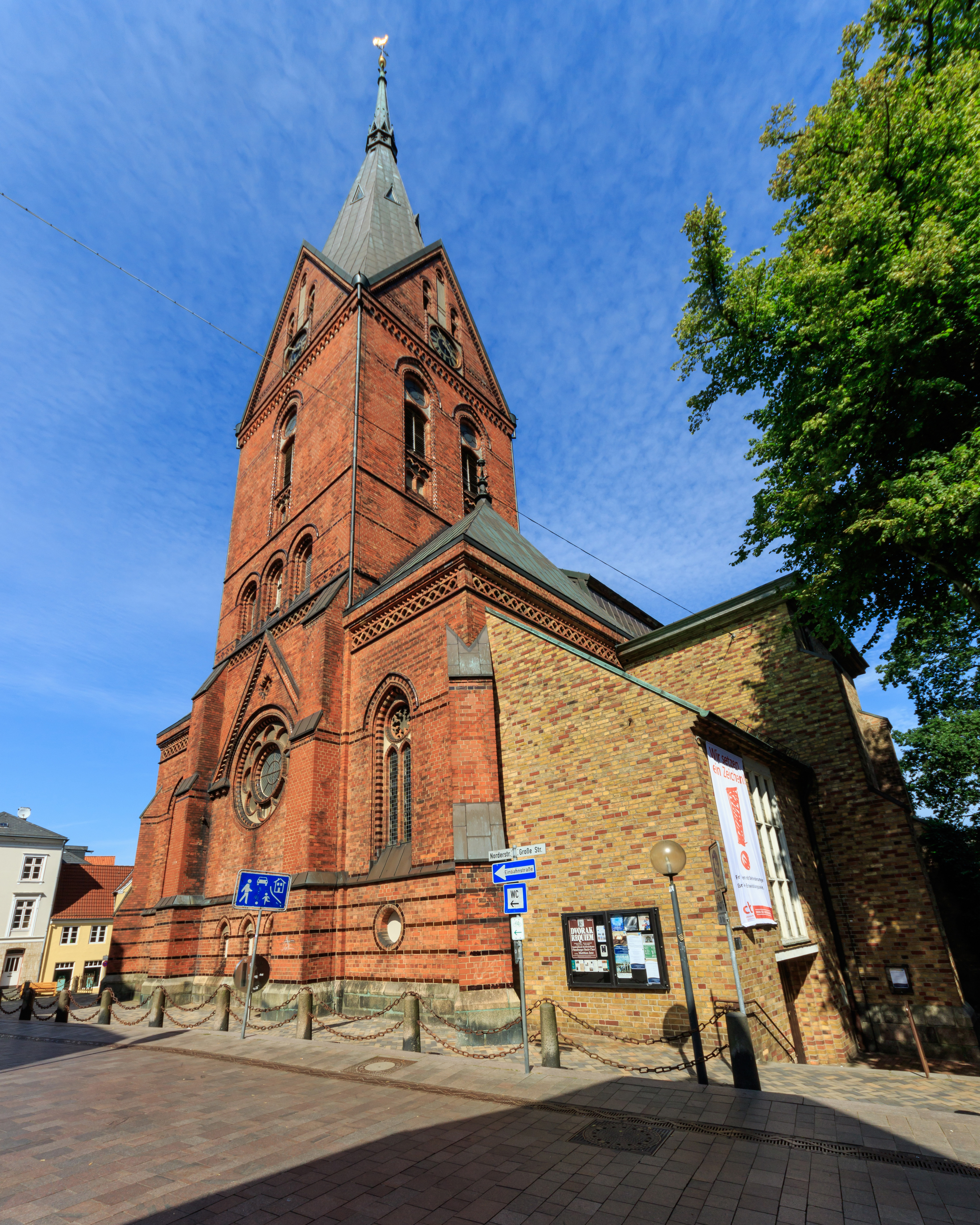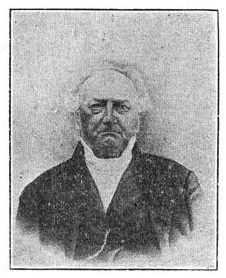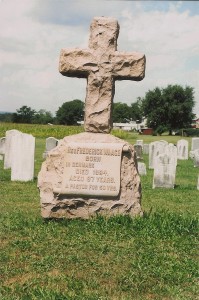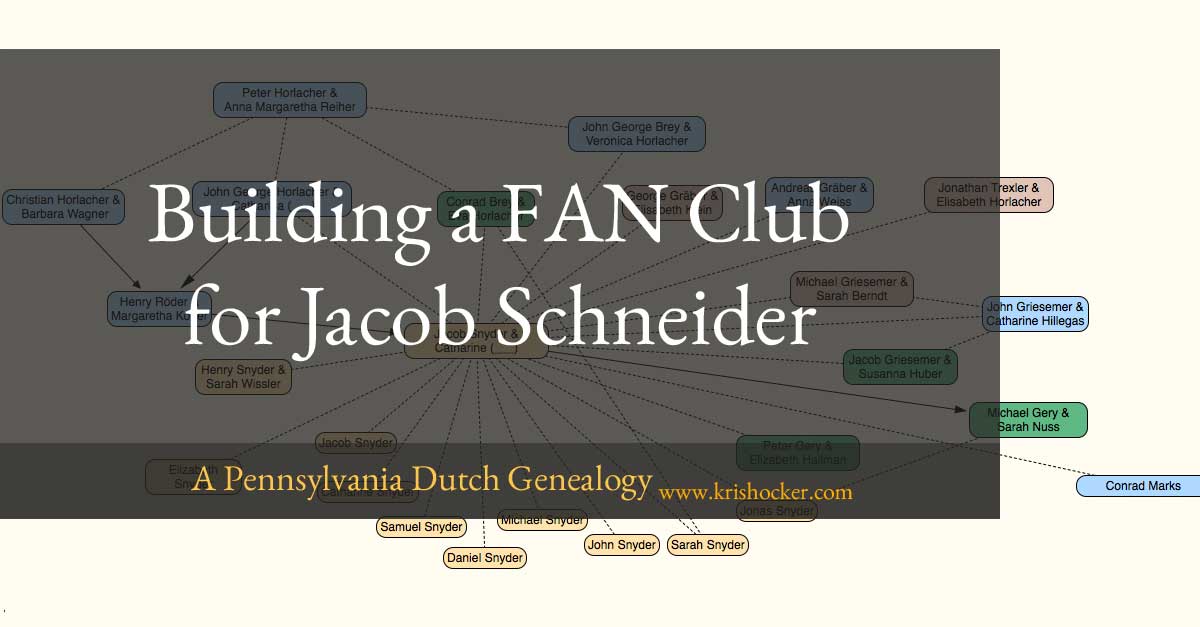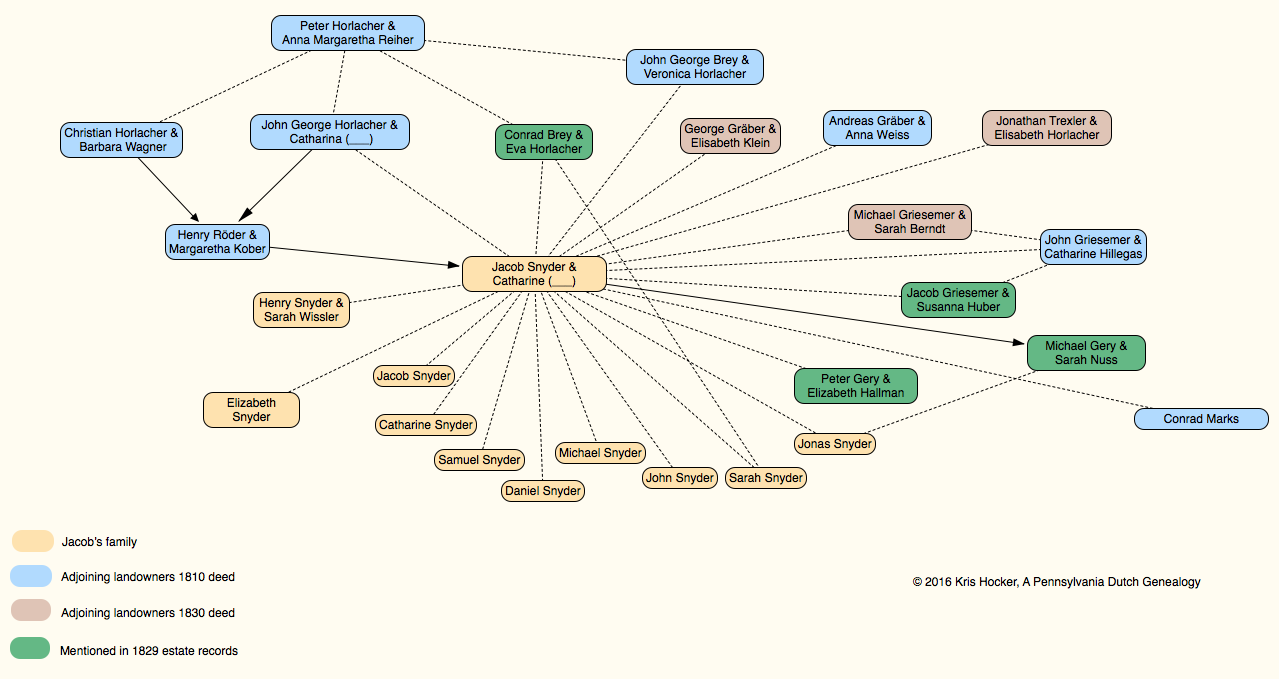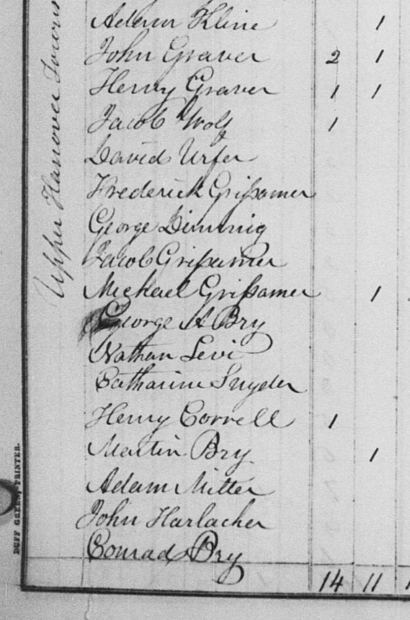Godfrey Wißler 52 Ancestors in 52 Weeks
This week’s ancestor is Godfrey Wißler. He is my five times great grandfather on my mother’s side. I’ve written about him before, posting his last will and testament last December. It was his farm that Heinrich Schneider purchased and that passed down to his son Joseph Snyder, then grandson Henry Snyder.
Godfrey, son of Jacob Wißler Jr. and his wife Esther(___),1 was born about 1757 and died sometime before 21 October 1829 when his will was proven. He married Eva Catharina Weiß, daughter of Hans Erhardt Weiß and Susanna Huth, at New Goshenhoppen Reformed Church near East Greenville on 22 September 1782.2 Eva was allegedly born 1 April 1759, died 5 January 1798, and buried at New Goshenhoppen.3
However, other records seem to contradict this date of death. Godfrey and Eva were members of New Goshenhoppen and took communion there in the fall of 1808 and 1 April 1815.4 Additionally, two of Godfrey’s daughters, including my four times great grandmother Sarah (Wißler) Snyder, were born after 1798.5
In 1800 through 1820, Godfrey can be found in the census enumerations for Upper Hanover Township. His household included one male aged 26-45, two females less than 10, and one female aged 26-45 in August 1800.6 The 1810 enumeration lists one male aged 45+, two females under 10, one girl aged 10-15, and one female 16-25.7 I’m not sure why his wife Eva was not listed, as she’s included in the communion records in 1808 and 1815. In 1820 the household included one male aged 45+, one female 16-26, two females aged 26-45, and one female 45+.8
The census entries don’t clear up the question of Eva’s death. Nor do the known birth dates of his children. In fact, Eva Catharina might not have been his first wife. New Goshenhoppen burial records list the burial of “Susana, child of Godf. Wissler, aged 9 years, 2 months” on 25 December 1785.9 Since Godfrey and Eva Catharina married at New Goshenhoppen in 1782, either Susana’s birth predates the marriage or Susana wasn’t Eva’s child and Godfrey was married previously.
I have birth dates for two of Godfrey’s daughters—Catharine, born 15 October 1789,10and Sarah, born 8 August 1799. For two others—Elizabeth and Susanna (the second such named)—I have only estimates based on the order in which Godfrey named his daughters in his will. I presume Elizabeth was the eldest surviving daughter as her children are named as receiving the first portion from Godfrey’s estate. Elizabeth was already deceased. She was likely born sometime between 1782 and 1789. Susanna is named in the will as his youngest daughter, so she was born after 1799, most likely making her the 16-26 year-old in the 1820 census.
Given the number of years between Catharine and Sarah’s births, it’s likely that there were unrecorded children who were born in the interim and died prior to the 1800 census. A break like this between births can also indicate the death of a wife and subsequent remarriage. But in this case, that doesn’t necessarily apply. If Eva died in January 1798 and Sarah was born in August 1799, then Godfrey remarried fairly quickly to another woman also named Eva—sometime between January and December 1798. I have yet to locate a record of a marriage.
Assuming that the records I’ve found are correct and apply to this family, then it appears that Godfrey may have been married three times. He would have had to marry his first wife prior to 1776 (Susana’s estimated birth year) and she would have died prior to September 1782. He next married Eva Catharina Weiss on 22 September 1782 and she died in January 1798. He married another Eva prior to December 1798. She was alive as of 7 August 1820 (census date) and deceased prior to 23 April 1825 when Godfrey wrote his will.
Looks like I’ve got more research to do on this family.
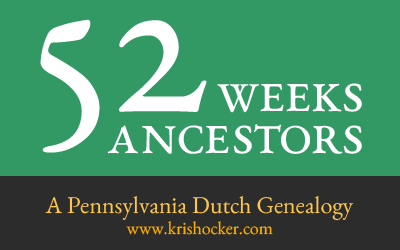
This post is part of a blogging challenge entitled 52 Ancestors in 52 Weeks, created by Amy Crow of No Story Too Small in 2014. Participants were to write about one ancestor every week. I’m revisiting this challenge for 2017. This is my eighth 52 Ancestors post, part of week seven.

